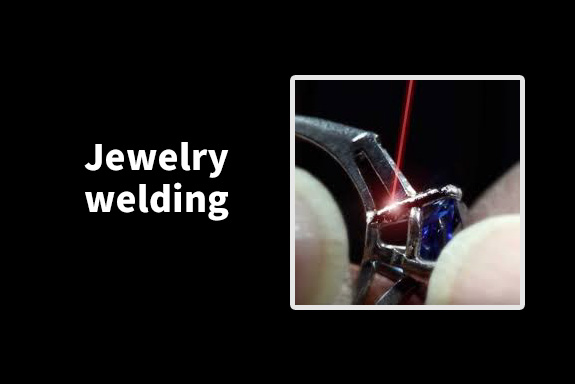Introduction to Laser and Engraving
Laser and engraving technologies have transformed how we create detailed designs and markings on various materials. With the use of a CO2 laser machine, these processes achieve high precision and efficiency, making them indispensable in industries ranging from manufacturing to personalization. Understanding the capabilities of laser and engraving can help businesses harness these technologies for innovative solutions.
How CO2 Laser Machines Work
A CO2 laser machine operates by emitting a focused beam of light, which is then directed onto the material to be engraved or marked. The energy from the laser causes the material to vaporize or melt, resulting in precise designs and text. This method of laser and engraving is particularly effective for non-metal materials such as wood, acrylic, glass, and leather, showcasing the versatility of CO2 lasers.
Applications of Laser and Engraving Technologies
Laser and engraving technologies find applications in numerous fields. For instance, in the advertising sector, companies use laser marking to create intricate designs on promotional items. Additionally, personalized gifts often feature laser engravings, adding a unique touch that appeals to customers. The ability of CO2 laser machines to produce detailed and consistent results makes them a go-to choice for these applications.
Advantages of Using CO2 Laser Machines
The ultimate advantage of using a CO2 laser machine for laser and engraving is its speed and accuracy. Unlike traditional methods, laser engraving allows for quick production times without compromising detail. Additionally, these machines require minimal setup and maintenance, making them user-friendly for businesses of all sizes. The precision achieved with laser and engraving leads to high-quality results that meet customer expectations.
Innovations in Laser and Engraving Technology
Recent advancements in laser and engraving technology have enhanced the capabilities of CO2 laser machines. With the integration of advanced software, users can now create complex designs with ease. This innovation allows for more creative freedom in engraving, enabling artists and manufacturers to produce unique products that stand out in the market.
Challenges in Laser and Engraving Processes
Despite their many benefits, there are challenges associated with laser and engraving processes. One notable issue is material compatibility; not all materials respond well to CO2 lasers. Understanding the properties of different materials is essential to avoid issues such as charring or incomplete engravings. Proper training and knowledge can mitigate these challenges, ensuring successful outcomes.
Future Trends in Laser and Engraving
As technology continues to evolve, the future of laser and engraving looks promising. The growing demand for customization and personalization is expected to drive innovation in CO2 laser machines. Moreover, improvements in automation and AI integration will likely streamline processes, allowing for faster production and enhanced precision in laser marking and engraving.
Conclusion
In conclusion, laser and engraving technologies, particularly with the use of CO2 laser machines, have revolutionized how we approach design and personalization. Their precision, efficiency, and versatility make them invaluable tools across various industries. As innovations continue to emerge, the potential applications for laser and engraving will expand, opening new avenues for creativity and production.
由用户整理投稿发布,不代表本站观点及立场,仅供交流学习之用,如涉及版权等问题,请随时联系我们(yangmei@bjjcz.com),我们将在第一时间给予处理。







